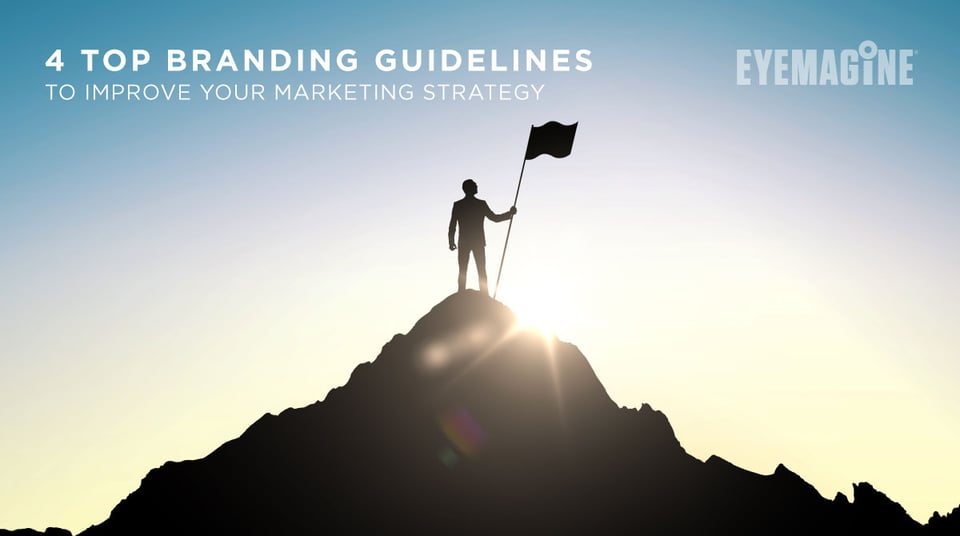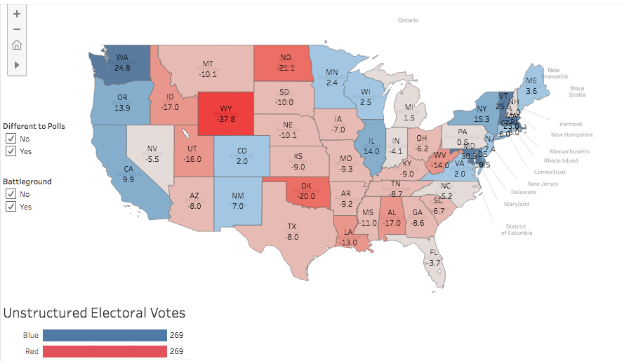
Defining your brand should be the very first step of any marketing strategy. But what does that actually mean, defining a brand? The American Marketing Association defines a brand as, “A name, term, design, symbol, or any other feature that identifies one seller’s good or service as distinct from those of other sellers.”
Sergio Zyman, author of The End of Advertising As We Know It, says a brand is “essentially a container for a customer’s complete experience with the product or company.” Your brand needs to cover a lot of ground; it is both particular yet dynamic, confining yet boundless, and ultimately, the essence of your business. We know it’s a big ask, so we’ve created 4 steps to help you successfully build your brand.
1. Find Your Unique Niche
What makes a brand stick? What makes it relevant and relatable to your consumer? Consider branding as a way of occupying and owning a unique niche in your consumer’s mind. Will they remember another joe-shmo bargain brand of kitchen accessories? Probably not. Those are the companies that you find falling into the black hole of competing on price simply because consumers don’t remember them for much of anything else.
To define your unique niche, take a good look at your industry competitors. Learn them, love them, then be nothing like them. Keep in mind - brand differentiators should focus more on the spirit or experience of your brand rather than the products or services you sell.
In the world of high-tech and high-quality cameras, for example, there are two common paths for branding. The first is a technical route, where companies fight to establish themselves as the most innovative and the most specialized, focusing on superior product specifications above all else. Then, there is the emotional route, where you see brands creating sentimental experiences, often times incorporating cameras into family holiday gatherings. GoPro broke away from the masses by making a high-tech, high-quality camera downright exhilarating. (If you haven’t already seen it, watch GoPro’s video of a man free-falling from the edge of space. Even if you have seen it, watch it again. It gets my blood pumping every single time.)
2. Create a Brand Manifesto
Your brand manifesto is essentially the statement of purpose that unites your brand, customers, and business goals. The days of him-hum mission statements have passed. Customers already know you want to bring them the best product at the best value and help people along the way. Spare yourselves. And your customers. And everyone around you. Think big. Your brand manifesto should be inspiring, challenging, and most importantly, attention-grabbing.
Darling is a women’s magazine with the slogan “The Art of Being a Woman”. To be honest, their brand manifesto rocks. See below:
Within this manifesto, Darling tells you what they do, why they do it, who they do it for. As a result, Darling has acquired an incredibly loyal customer following, with retailers such as Anthropologie and Whole Foods carrying their publications.
When developing your brand manifesto, take the time to explore the greater purpose of your business. Identify philanthropic opportunities, think about your values as a team of people, and the values of your customers.
3. Bring Your Brand To Life
Treat your brand as a human. Define everything you could ever know about this person: his values, beliefs, the way he speaks, the way he dresses. Ultimately, this exercise will help you develop your branding guidelines. Start with the big picture, but prepare to get granular. Here is a list of items you’ll need:
- Brand history
- Brand personality
- Values
- Voice and tone
- Logo specifications
- Taglines
- Colors
- Fonts and typography
- Photography standards
- Design layouts (think web page, product pages, email templates, and more)
- Social media guides
See EYEMAGINE branding examples.
If you haven’t already done so, deeply define your buyer personas and detail how this brand positioning is engaging for each and every one of them. If you’re treating your brand like a human, think to yourself: how would my customers interact with this human? Define how you effectively communicate your brand by crafting unique marketing messages or ‘elevator pitches’ to each persona.
4. Be Consistent, But Also Be Innovative
Be sure to infuse your brand across every facet of your business. Trust us, it’s a lot of facets. Think of every possible touch point you’ll ever have with your customers, and make sure you have intentionally implemented all aspects of your branding guide. Remember: it’s just as important to brand internally as it is externally. Do all of the internal workings of your business reflect your brand manifesto and guidelines? Your brand will never be successful unless you make it the foundation of every aspect of your business.
The work doesn’t end after all of the foundation is set. If your brand is a human, it will need to learn and adapt as the world around it continues to change. We saw many brands go through this process during the 2016 Presidential Election, as companies took strong stances on their political positions and reacted to the dynamic, sometimes volatile climate around them.

Networked Insights, for example, is a company that tracks online engagement. They used their software and social data to analyze the progress of the election and stay up-to-date with predictions and polls.
Continue to breathe fresh life into your brand by seeking innovative opportunities to grow with your customers. If you do, they will stick by you and help your brand flourish and grow for many years to come.


